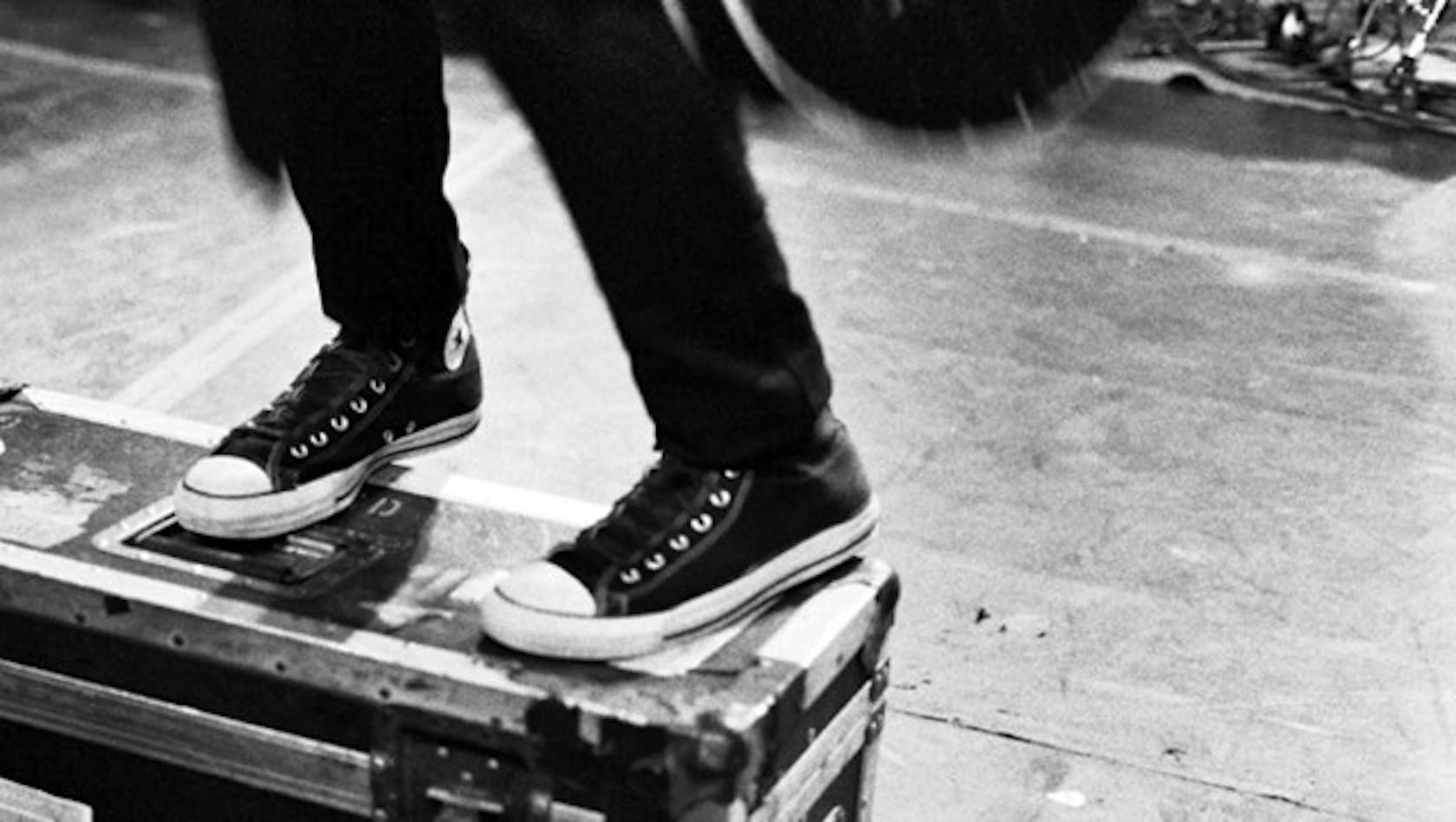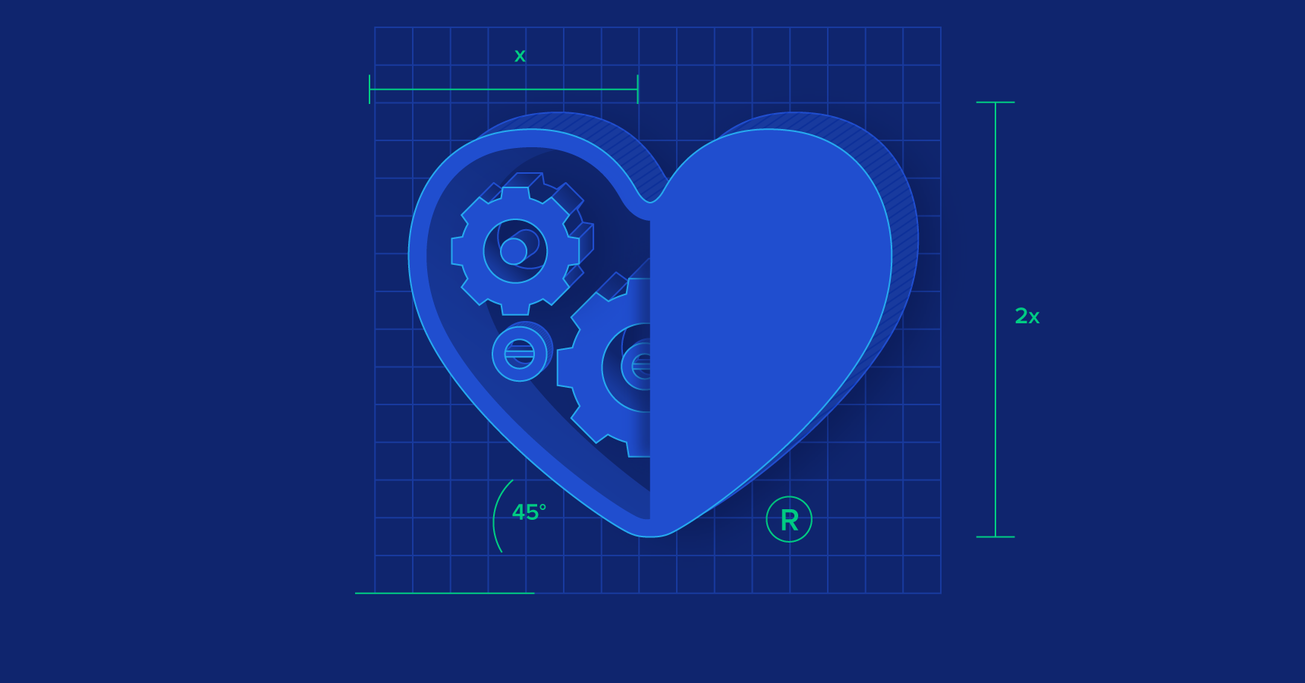Emotional Branding for Sustainable Product Design
Great emotional design creates a bond between the consumer and the brand—creating an emotional connection to your target market translates into conversions and sales as well as online and offline interactions.
Great emotional design creates a bond between the consumer and the brand—creating an emotional connection to your target market translates into conversions and sales as well as online and offline interactions.
Danielle is a seasoned UX/UI product designer. She has worked with industry leaders like Royal Bank of Canada, Nucleus Intercom, and Chegg.
Expertise
Product design is a creative discipline that challenges designers to build an aesthetic, functional, and marketable product. As the discipline matures alongside rapid technological innovation, product, brand, and user experience designers are finding new ways to connect emotionally with their users and customers, consequently creating opportunities for more sustained engagement. What is emotional branding? How does the brand or product bring meaning to the users’ lives?
Creating emotional brand connections to your target market can translate into conversions and sales as well as online and offline interactions. Great emotional design that connects with the user on multiple levels is a huge part of this process.
There is more to effective brand design than choosing a logo or a brand color based on design trends and best practices. Successful brands use branding techniques that don’t just get attention—they sustain interest and loyalty.

The Emotional Levels of Brand Design
In the business world, the term unique value proposition is a clear statement that communicates to potential customers how a product or service can fulfill a specific function more effectively than anything else in its market niche.
Instead of focusing on just the unique value proposition, designers should familiarize themselves with the concept of the emotional value proposition. The difference between the two is that the latter is based on narratives or personality while the former often focuses primarily on functionality. Emotional value comes from storytelling that drives the brand image.
Author of several seminal UX design books Donald Norman offers a simple breakdown of a concept he describes as the three fundamental levels of processing in the brain—how human beings process and react to stimuli. Understanding these three levels of human processing is integral to human-centered product design.
The Visceral
The first emotional level is visceral—usually outside of our conscious control and directly related to our physical senses. The visceral is an automatic, “prewired” level of emotion. It comes first (before the other two levels), and it’s immediate.
When experiencing visceral emotions, humans make rapid judgments that are largely biologically determined. The need to quickly categorize experiences as good or bad, safe or dangerous is dominated by our reptilian, or primal, brain.
In emotional design, UI designers consider how the user interface influences the user’s emotional response at a visceral level. Too many competing elements on a website can induce panic, whereas a clean, clutter-free interface will promote a reflexive calm in the user. Whatever visceral emotion the designer is trying to evoke should inform the “first impression” of the UI.


Compare the intended effect on one’s visceral response in emotional branding examples like the Porsche homepage to a website like Ling’s Cars above. These initial, visceral reactions shape our immediate experience of a product or brand and cue us into the designer’s intent. Successful emotional branding strategy takes this into account.
Behavioral
The behavioral emotional level mostly involves higher functioning cognitive processing within the mind. The behavioral is the interaction between your product or service and the consumer over time. This level occurs as the user moves through the cognitive process of planning, expecting, and learning within your product, similar to how the design world quantifies usability.
How seamlessly is the consumer interacting with the brand or product? How does the experience measure up to the five principle qualities of usability: learnability, efficiency, memorability, error-handling, and satisfaction? By crafting a product experience that is not only usable but culminates in the user’s satisfaction when completing their task, UX and branding designers are creating a positive behavioral response.

Look at the brand and product experience across the entire customer journey from the user perspective. Consider whether the emotional journey for a user fosters a behavioral pattern of enjoyment and repeat use. When users begin to associate a brand and its products with an emotional response of trust, conversion and retention rates are improved as brand loyalty strengthens.
Reflective
The third emotional level is reflective—it comes down to how users receive and digest the central message. The reflective level refers back to the user’s behavioral experience and visceral reaction to the user interface, and it adds meaning to the interaction. The reflective stage is when the user makes a connection between the experience and their own sense of self.
“This is the highest level of emotional design,” according to Norman’s Three Levels of Emotional Design, “representing the conscious thought layer, where we consciously approach a design; weighing up its pros and cons, judging it according to our more nuanced and rational side, and extracting information to determine what it means to us as an individual.”

The meaning assigned to an experience will be contingent on a range of variables, including demographic factors, the user’s culture, past experiences, and the context in which they find themselves when interacting with a given product or emotional advertisements.
The reflective state is the most conscious of the three levels of emotion, observing and judging the impact of both the visceral and behavioral levels, and assigning a dimension of value. The functionality of the product or service in question isn’t quite as important as the emotional impact it has on users.
It’s about self-image, personal satisfaction, memories, and reflecting back on the experience. Successful brand design pays special attention to this level of experience because one bad experience has a negative, long-lasting effect on the brand.

Addressing Cognitive Levels in Product Design
In order to build emotional ties with a brand and its customers, the designer needs to know their market and establish empathy. Understanding the beliefs, values, and priorities of the target user demographics is vital for a brand’s emotional design strategy and durability.
Identify Your Market, and Be Specific
Target market selection is a very important decision for all product companies. Identifying the target market starts by looking at the problem the product is trying to solve and how it fits into the life and habits of the target user.
It is imperative to tailor not only the product design process but also the emotional marketing and sales efforts in order to reach the specific segment of the population that is most likely to feel a resonance with the brand.

An example of a highly successful mobile app carefully designed around its target audience is the stock trading app Robinhood. The brokerage app is laser-focused on attracting a specific audience of millennials who are likely to be new to investing and trading. Robinhood targets those who are at the right age to begin investing, but for whom the market may be intimidating and off-putting.

The mobile-only app attracts and retains these users by presenting simplified data and clear, intuitive functionality in a clean, friendly interface that eases users into trading in a way that fits into their daily lives. Robinhood’s product design solutions and emotional marketing strategies are making it a remarkable success and setting it up to compete with well-known institutions.
Empathy is central to their success. By learning how their target audience looked at existing solutions, and by empathizing with users’ feelings of being intimidated when using traditional broker solutions, Robinhood geared their product design and brand positioning to fill potential customers’ specific needs.
Don’t Create User Stories; Listen to Them
After identifying your target market, listen to them. Successful brands have a clear sense of what kind of users they are attracting and engaging. While making some assumptions about a target audience is a natural starting point while developing a product, emotional design requires real data found through user research.
Qualitative user research is a method focused on understanding user behaviors and the motives behind them. User interviews, focus groups, and user testing are a great source of data for building emotional empathy with target users, and revealing where they experience frustration as well as moments of emotional satisfaction.

Renata Tesch, a qualitative researcher, outlines three major approaches to qualitative research to apply to product or brand design.
Ethnography
The ethnographic approach, in regards to qualitative research, is largely based on the understanding of culture and its influences on a potential customer’s or user’s behavior. Earlier in the history of interactive product design, designers would assume concepts of culture around ethnicity and geographic location.
As more research deepens empathy in the design community, the concept of culture has become richer, taking into account diverse cultural groups, urban and rural lifestyles, cross-cultural communication, sexuality, and much more. This makes targeting a specific audience even more important.

Design researchers will often conduct ethnographic research in the field, building data points of understanding through direct observation. Qualitative field data will then be synthesized with quantitative demographic data to inform emotional design decisions.
Phenomenology
Phenomenology is the focus on the individual and their understanding of the world. This research method focuses on the individual’s subjective experience and personal interpretation of the world as well as how technology changes common social dynamics.
One great example where better phenomenology research may have benefitted product design was with the initial release of Google Glass. While the product was intended as a consumer product for continuous, everyday use, wearers were met by others around them with suspicion and discomfort. The device ultimately failed to achieve widespread success because its very use caused a rift between how users felt about themselves and their interactions in the social world.

Emotional branding should be designed with triggers connected to frequent scenarios in life and their associated emotions. Successful brands work to understand how their products make users feel and improve the way they interact with the world. Phenomenological research helps designers understand a collective ideology of a specific market through individuals.
Emotional Branding Strategies
Create a Personality
A brand personality can be defined as a set of human characteristics associated with a brand. To illustrate, GoPro personifies itself as an adventurous, sporty, young, and creative brand through its product design, ads, and social media.
Brands that are resonating emotionally with millennials, who are coming into huge buying power, are faring better than older brands that aren’t meeting that audience’s demand for more meaning. Consumers can easily relate to a brand if they can project their identity onto the values of the product.

People begin to build personas of brands based on the employees, the CEO, brand endorsements, and perceived shared values.
Brand personalities are further reinforced by brand name, logo, advertising and price points. A luxe brand personality like Coach is formed through a respect for its high-fashion New York origins and its higher pricing; a brand like Herschel crafts a more down-to-earth, hipper face with its choice of materials and more economical pricing. Both companies are known for their bags, but each has a very different customer and emotional branding strategy.


There is more to emotional branding strategies than a great logo and a set of brand colors. The following are key qualities to keep in mind when developing a brand personality and emotional marketing that appeals to the right customers.
Attributes
These are distinctive features that concisely characterize the product or brand name. The feature can be intrinsic, relating to product performance, features, and the unique abilities of a product.
For example, the line of home monitoring products offered by Nest relates directly to its promise of helping users keep an eye on their homes. The name works with the basic device features to give users an emotional sense of trust and protection.

In contrast, the attribute can be extrinsic and relate to the personality or history of your brand or product. Converse has a brand personality that is largely attributed to its users—brand loyalists whose support has helped take a relatively cheap basketball sneaker and turn it into an icon of effortless cool and artistic culture.

User Value
The benefits outline the individual value the consumer has attached to a product’s attributes. For example, the iPhone is known and loved for its easy-to-use interface, which for many users is its primary appeal. There are many less expensive smartphones on the market, but the iPhone’s loyal users find other features that provide additional value.

How does its usability create value for the user and relate to their sense of self? A user who does not struggle to use their device is more confident. The device’s inherent usability means that everyone in the family is more likely to adopt its use, regardless of their technical skills. That adds value to the user because of the way they feel about their own abilities as well as helping them maintain connections with their family.
Experiences
One often-overlooked aspect of emotional branding is the experience a user has when interacting with the brand. An experience of a brand can occur at purchase, contemplation of purchase, and during consumption. These experiences shape a brand’s narrative—if the purchasing experience is difficult, your product and brand identity could be interpreted less positively.
For many years, Apple created a strong brand identity through its stores. Based on highly researched customer behavior patterns, Apple designed its stores to be carefully curated experiences in order to create a positive emotional journey for their customers.
Optimize for the Emotional Journey
Identifying a customer’s desire to buy a product or engage with a service begins with understanding what value can be provided to the customer—anticipating their needs and behaviors to provoke positive emotions. Understanding the value a product offers goes beyond a set of “features.” A feature is a default characteristic of your product or service, but it does not tell the whole story.
Establish authentic empathy with target users. Understand their unique needs and how to connect with them by creating a journey through emotional branding techniques and sustainable product design—use insights from research to connect to consumer values that translate into consumer preferences. Understanding the “why” behind your target market’s behavior will help you build a strong emotional brand.
Further Reading on the Toptal Blog:
Understanding the basics
What is meant by emotional branding?
Emotional branding is brand design strategy that focuses on creating an emotional connection with the user by understanding their unique perspective and creating an identity that resonates with them.
What is an emotional ad?
Some advertising tries to make its audience feel cheerful or happy while others try to provoke feelings of fear or insecurity. An emotional ad is marketing that appeals to a user’s emotions in order to create a specific emotional reaction.
What is the meaning of emotional appeal?
An emotional appeal is one that is designed around the understanding of a set of predictable user reactions to specific stimuli and how to tailor design to provoke those emotions.
Why is an emotional appeal effective?
An emotional appeal is effective because it plays on human behavior at multiple levels, connecting with deeper cognitive processes.
What is branding and design?
Branding is a design discipline that focuses on creating a sense of identity and personality for a company or product. Design is a problem-solving creative discipline that focuses on understanding a specific need and finding ways to meet that need.
How do you create a brand identity?
You create a brand identity through several channels including, but not limited to, logo and brand colors, product design, advertising and marketing, customer engagement, and brand storytelling.
Singapore, Singapore
Member since December 15, 2015
About the author
Danielle is a seasoned UX/UI product designer. She has worked with industry leaders like Royal Bank of Canada, Nucleus Intercom, and Chegg.

